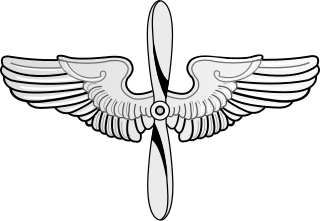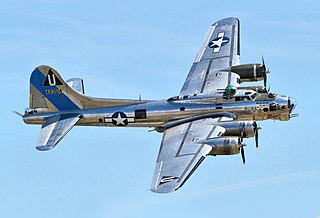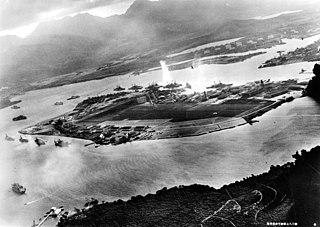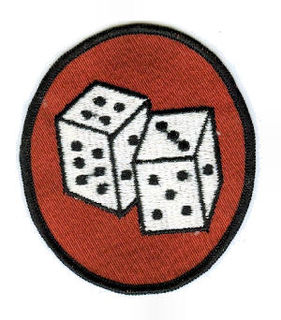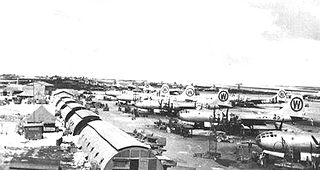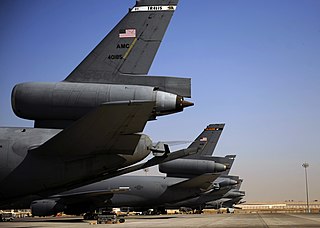This article needs additional citations for verification .(January 2013) (Learn how and when to remove this template message) |
42d Attack Squadron  | |
|---|---|
 First squadron MQ-9 Reaper at Creech AFB | |
| Active | 1917-1919; 1922-1936; 1940-1963; 2006–present |
| Country | |
| Branch | |
| Type | Squadron |
| Role | Unmanned Aerial vehicle |
| Garrison/HQ | Creech Air Force Base, Nevada |
| Decorations | Distinguished Unit Citation Navy Presidential Unit Citation Air Force Meritorious Unit Award Air Force Outstanding Unit Award [1] |
| Commanders | |
| Notable commanders | Lt Gen Roger M. Ramey [1] Maj Gen Orvil A. Anderson [2] |
| Insignia | |
| 42d Attack Squadron emblem (approved 30 November 2009) [1] |  |
| 42d School Squadron emblem (approved 20 January 1925) [3] |  |
The 42d Attack Squadron of the United States Air Force flies General Atomics MQ-9 Reaper Unmanned aerial vehicles and is currently stationed at Creech Air Force Base near Indian Springs, Nevada. The 42d oversees the training and combat deployment of aerial vehicle and sensor operators assigned to the Reaper. All aircraft will employ the AN/AAS-52 Multi-Spectral Targeting System developed by Raytheon.

The United States Air Force (USAF) is the aerial and space warfare service branch of the United States Armed Forces. It is one of the five branches of the United States Armed Forces, and one of the seven American uniformed services. Initially formed as a part of the United States Army on 1 August 1907, the USAF was established as a separate branch of the U.S. Armed Forces on 18 September 1947 with the passing of the National Security Act of 1947. It is the youngest branch of the U.S. Armed Forces, and the fourth in order of precedence. The USAF is the largest and most technologically advanced air force in the world. The Air Force articulates its core missions as air and space superiority, global integrated intelligence, surveillance, and reconnaissance, rapid global mobility, global strike, and command and control.

The General Atomics MQ-9 Reaper is an unmanned aerial vehicle (UAV) capable of remotely controlled or autonomous flight operations, developed by General Atomics Aeronautical Systems (GA-ASI) primarily for the United States Air Force (USAF). The MQ-9 and other UAVs are referred to as Remotely Piloted Vehicles/Aircraft (RPV/RPA) by the USAF to indicate their human ground controllers. The MQ-9 is the first hunter-killer UAV designed for long-endurance, high-altitude surveillance. In 2006, the then–Chief of Staff of the United States Air Force General T. Michael Moseley said: "We've moved from using UAVs primarily in intelligence, surveillance, and reconnaissance roles before Operation Iraqi Freedom, to a true hunter-killer role with the Reaper."

An unmanned aerial vehicle (UAV), commonly known as a drone, is an aircraft without a human pilot aboard. UAVs are a component of an unmanned aircraft system (UAS); which include a UAV, a ground-based controller, and a system of communications between the two. The flight of UAVs may operate with various degrees of autonomy: either under remote control by a human operator or autonomously by onboard computers.
